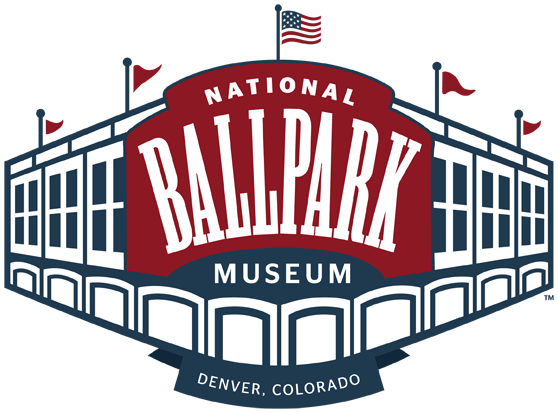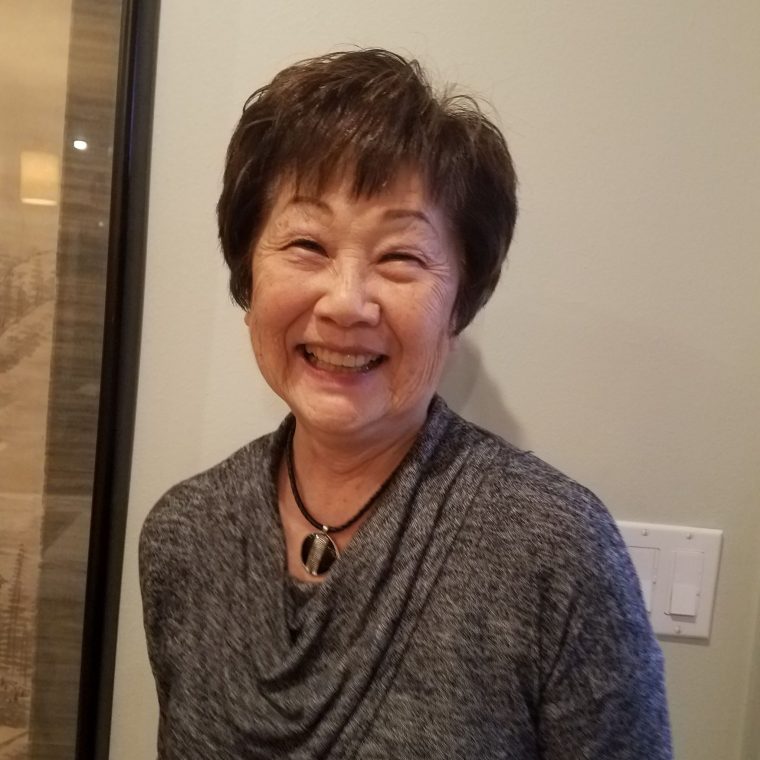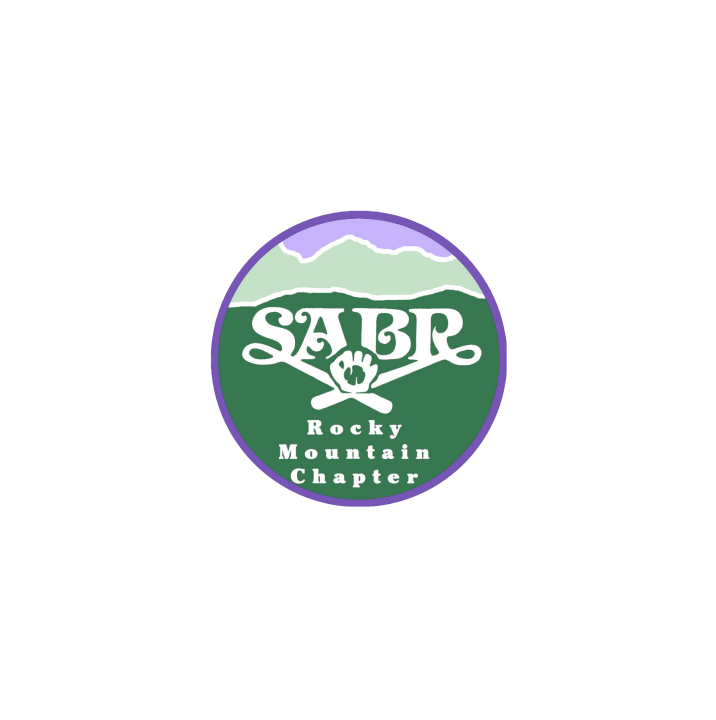I am a retired elementary teacher, Literacy Coordinator, and Title I Director for Cherry Creek Schools. Always enjoyed attending Dodger and Angel games while living in the Los Angeles area but cheered for the Bears when we moved to Denver.
During WWII, my family was interned at Rohwer, Arkansas. As with all ten camps, baseball was the main social attraction. Upon leaving Rohwer, my family went to Chicago. It was there that, when I was about 5-6 years old, my mom took me to a Chicago Cubs game at Wrigley Field. My only memory of that game is walking up the many ramps to our seats. She never took me to another game so I’ve always wondered if she attended games in camp and was hoping the Cubs could be a substitute in her new city.
My contributions to the National Ballpark Museum’s exhibit “Japanese American Baseball: A Shared Experience” evolved from a project with the Denver University School of Anthropology. DU students conduct yearly summer digs at Amache in Granada, CO, one of ten WRA (War Relocation Authority) relocation camps that imprisoned all persons of Japanese heritage from the west coast during WWII. The DU Amache Project determined the best vehicle for sharing the artifacts would be an exhibit tying the research of the artifacts by Anthropology students with a memory/story or research by Japanese-American community members.
I volunteered with my grandchildren for all DU Amache Project exhibits. During the second project, two of my grandchildren and I chose a board from a backstop at Amache. That selection began an exciting research project and exhibit that introduced us to another aspect of baseball. Through this work, I learned new historical information about Denver baseball after the war and met amazing local residents who participated in creating that history. Working with the National Ballpark Museum has been a fun and enlightening experience.



